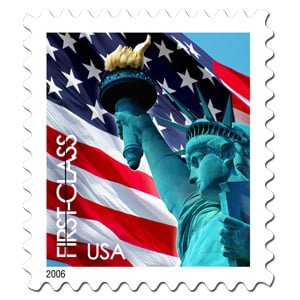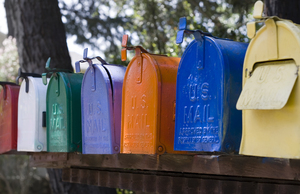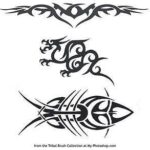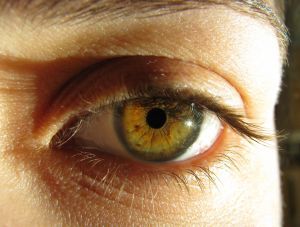Recently I organized my childhood stamp collection and grew it up a little. Part of the process involved setting aside some duplicate stamps for my young nephews. I want to create starter stamp collections for them. Of course, stamps are the largest part of a collection, but there are other items needed. I’d like to give them the tools to build their own collections without breaking my budget. Here’s 5 steps to create a starter collection for a child.
First, consider your recipient. Age, interests and even educational level can make a difference for collectors. I wouldn’t recommend starting a child with a stamp collection until they are about eight years or older. You can start the collection yourself when they are younger, and save it for them until they are about eight or nine years old. But don’t expect a younger child to be fascinated with a stamp collection. Also, an individual who likes history, geography or languages can carry their interests into philately.
Next, start the starter kit. Go through your recent mail and set aside the envelopes with stamps. Ask friends, neighbors and coworkers to share, too. Two weeks worth of collecting stamps will net you a substantial pile of them. Of course, I had a starter pile already. However, I carefully culled my starter stamps. Part of the joy of a collection is the collecting. Starting with a set of 10-200 stamps to start with is fun. More stamps would be overwhelming.
Step three is to take some time to create a binder of stock pages. You can buy stock pages or make them. Gather about 30 stock pages and put them in a binder. Add loose leaf paper in the back for the collector to start an inventory list and a wish list. The starter stamps will fill from one to three pages. That will give the new collector a lot of room to add to his or her collection.
Step four is to find a small, inexpensive bowl for the collector to soak his stamps off of the envelopes and a small towel for the wet stamps to dry on. The bowl can be a simple low, lidded Tupperware style container. Add in a 5x magnifying glass and a round ended pair of tongs and you have a basic kit. All of these items should cost no more than $10.00. There are more tools for a stamp collection, but why not save some options for birthdays and holiday gifts? Stamp gauges, watermark detectors and software can be added later. Place the starter collection tools in a shoebox which will also be a good place to store stamps as they are collected.
Step five is to find a stamp catalog for your collector. The U.S. Post office offers a nice Postal Service Guide to U.S. Stamps for about $20.00. Used Catalogs are not as expensive and will work as a starter guide to stamp cataloguing. Check thrift stores, eBay and ebid for old catalogs. Part of the fun of collecting stamps is to be able to look them up and assess their value, how old they are or where they come from. A catalog will help with that. Notice that I’m recommending a catalog but not an album. The album will be more expensive and they are usually specialized. Until the collector knows what their specialty will be stock pages will suffice to contain and organize stamps.
This assortment of stamps, stock pages in a binder, tool kit and stamp catalog will help any one start a collection that suits their interest. It will lead to hours of addictive pleasure. Enjoy.







